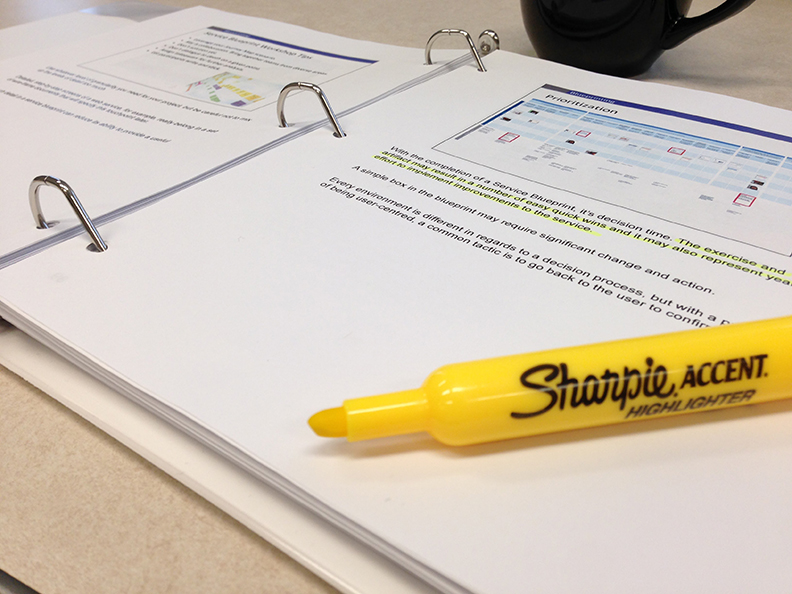
McKinskey confirms that design-led companies are more successful
In a recent report released by McKinsey from a five-year study of 300 companies, the global management consulting firm found that organizations that adopted design-based principles and methods had 32% more revenue and 56% higher total returns to shareholders compared with other companies.
Over those five years, McKinsey based their findings by looking at over 2 million pieces of financial data and 100,000 design actions. This is one of the most significant studies in this area and certainly validates and quantifies what many organizations and the design community have known for years.
It’s also important to note that these findings were consistent in what are often considered more complex or multi-faceted service organization and industries, including medical technology, consumer goods, and retail banking.
The study highlighted four different areas that increased revenue and total returns most, then ranked all 300 companies on these four areas using a metric they’re calling the McKinsey Design Index (MDI):
- Tracking design’s impact as a metric just as rigorously as you would track cost and revenue.
- Putting users first by actually talking to them. This helps to think outside of a standard user experience.
- Embedding designers in cross-functional teams and incentivizing top design talent.
- Encouraging research, early-stage prototyping, and iterating. Just because a product or service is launched doesn’t mean the design work ends.
This is a great start to validate the impact of design practices and thinking has on the bottom line. It’s also important that those leading or participating in design make the effort to provide similar information to the C-suite to demonstrate the value of the work we do.

A nice wrap up video highlighting components of a service blueprint
If you’ve been involved in user experience or researched some of its methods and best practices, then you’re probably well aware of Nielsen Norman Group. They’re a consulting agency best known for their research, reports and training highlighting what’s been proven to work in usability and showcasing examples of interfaces that utilize best practices and those that don’t.
As with most UX practitioners, they are making their way into the area of design thinking and have recently released the following video highlighting the key components of service blueprints, one of our favourite tools to use when designing great experiences, particularly in more complex service environments.
If you need to explain to a stakeholder group what a service blueprint is, this video might help. Adding to what NN/g is highligthing in the video, we’d also be sure to include ‘pain points’, ‘opportunities’ and even ‘platform’ or ‘system’ to ensure you can assess the efficiency of the service you’re delivering in a given environment.

A wrap up of the Regina workshop ‘Creating Experiences with Service Design’
On March 14 and 15, we had the opportunity to work with some really smart and passionate people in talking about service design and the role it plays in delivering a great customer experience.
With workshop attendees representing government, finance, post-secondary institutions, IT, small business and more, there was a whole lot of great discussion, ideation and sharing to go along with the curriculum and activities that covered the two-day session.
Held at the new Fairfield Marriott in Regina, the workshop covered topics such as the importance of customer experience, the impact on businesses and the common challenges why organizations are having such a hard time moving the needle. From there, we moved into strategy, business model development and innovation, design research and understanding the needs and the world of your customer. We discussed and created a business model canvas, customer journey maps, personas, service blueprints and even went through a very condensed design sprint.
I don’t know if it’s the prairie water or the promise of spring, but we were so energized by the highly engaged, insightful and quick learning participants of the workshop. There was lively and astute discussion about the importance of change management, gaining buy-in for service design and the challenges organizations face in implementing new features, products or services to improve the overall customer experience.

It was a great success, feedback was extremely positive and we are confident that there are consumers and stakeholders that will begin to realize better experiences with the organizations that were represented in the workshop.
– Jason